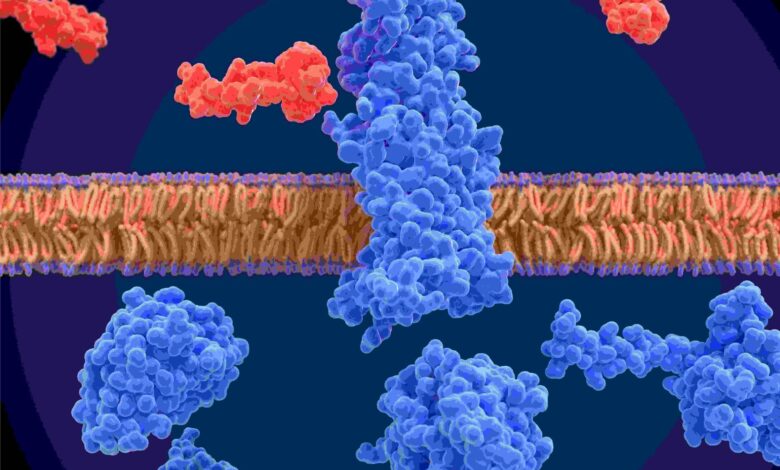Impact of Mycotoxins and Role of GMP fermentation

Mycotoxins and GMP fermentation are two key components to consider in today’s food and beverage industry. With the increasing demand for high-quality and safe food products around the globe, it’s important to understand the significance of these aspects in the production process.
Mycotoxins are toxic secondary metabolites produced by certain fungi. They can contaminate a wide range of commodities, from grain to dried fruits, spices, coffee, and cocoa. They represent a genuine health risk for both humans and animals, causing various diseases referred to as mycotoxicoses. Certain mycotoxins are carcinogenic, immune-suppressing, neurotoxic, or cause damage to organs like the liver. Hence, reducing and controlling mycotoxin levels in food products is of utmost importance.
One possible way to control mycotoxin contamination within the food and feed industry is by adopting Good Manufacturing Practices (GMPs). Among these practices, fermentation under GMP conditions, often referred to as GMP fermentation, has emerged as a significant tool for the improved safety and quality of products.
Fermentation, a traditional technique with roots dating back thousands of years, is a natural biological process used in the production of many popular foods and beverages worldwide. Products such as yogurt, cheese, beer, and wine owe their characteristics to fermentation. The increasing understanding of the scientific mechanisms underpinning fermentation has allowed improvements in the efficiency and safety of the process.
GMP fermentation refers to employing Good Manufacturing Practices during the fermentation process to ensure product safety, quality, and consistency. Good Manufacturing Practices are a set of regulations, codes, and guidelines set by regulatory agencies worldwide to ensure product manufacturing is produced in a safe, clean, and high-quality environment. In case of fermentation, GMP includes the correct maintenance and management of fermentation equipment, the use of high-quality, uncontaminated inputs, proper storage, and tracing methods.
By adhering to GMP fermentation, companies can reduce the risk of mycotoxin production. The fermentation process, when correctly managed, can provide an unfavorable environment for the growth of mycotoxin-producing fungi. In addition, the use of certain microorganisms can competitively inhibit mycotoxin producers or deactivate the toxins themselves. Moreover, efficient fermentation management can include regular screening for mycotoxins, using precise and up-to-date analytical methods.
However, GMP fermentation doesn’t solely focus on minimizing mycotoxin risks. It also stresses other quality assurance aspects, ensuring that the end product is consistently high in quality, free from all forms of contamination, packed and stored appropriately, and conforming to all necessary regulatory requirements.
In conclusion, the importance of understanding mycotoxins and GMP fermentation is growing more critical in the food and beverage industry. The potential hazards posed by mycotoxin contamination press the need for adopting practices such as GMP fermentation to ensure the production of safe, high-quality food products. By adhering to robust standards and practices, the industry can minimize health risks, ensure compliance with regulatory requirements, and deliver products that meet consumers’ high expectations.



